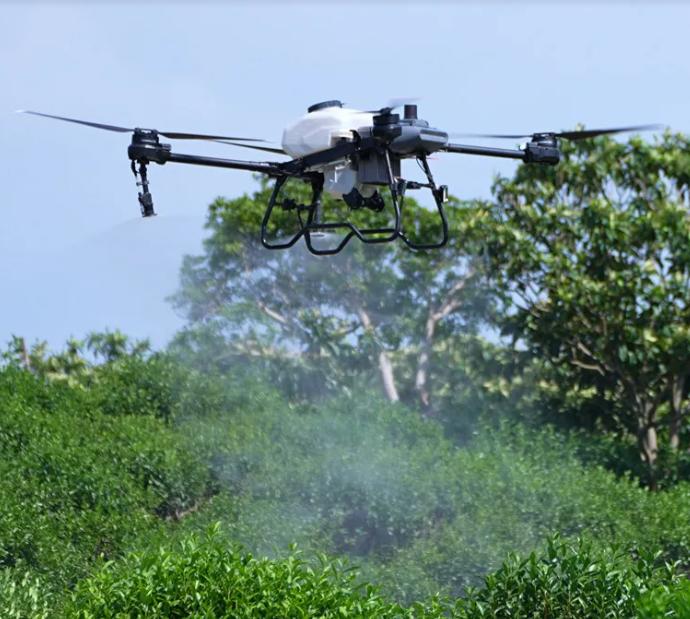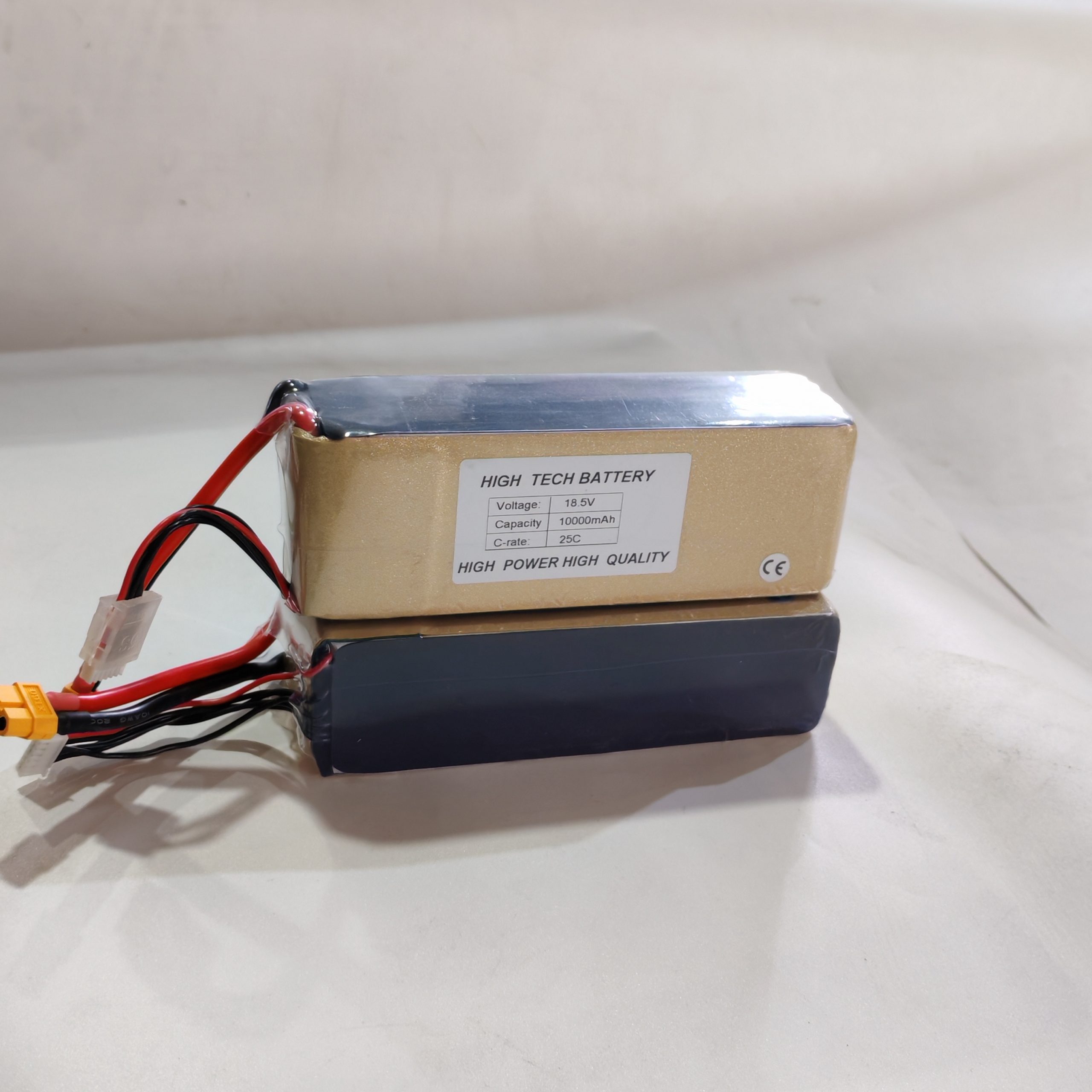Catégories
- Notre blog (54)
- Nos projets (59)
- FAQ (6)
**Comprendre les piles UAV au lithium: Classification et applications **
Les batteries au lithium-ion sont la centrale derrière les drones modernes, Fournir la densité d'énergie nécessaire, propriétés légères, et rechargelabilité requise pour les véhicules aériens sans pilote (Drones). toutefois, Toutes les batteries au lithium ne sont pas les mêmes: les chimies et les conceptions différentes répondent à des besoins et applications variables de performance.

Dans cet article, Nous explorerons les principaux types de batteries au lithium utilisées dans les drones, leurs caractéristiques clés, et les applications les mieux adaptées pour chaque.
Aperçu
Polymère au lithium (Lipo) Les batteries sont le choix le plus courant pour les drones de consommation et commerciaux en raison de leur densité d'énergie élevée, flexibilité en forme, et capacité à fournir des taux de sortie élevés.
Principales caractéristiques
– Taux de décharge élevé (Cote C): Prend en charge la livraison rapide de puissance, crucial pour les drones agiles et les applications hautes performances.
– Léger & Emballage flexible: Peut être moulé en différentes formes, Les rendre idéaux pour les dessins de drones compacts.
– Durée de vie modérée: Dure généralement 300 à 500 cycles de charge avant la dégradation significative de la capacité.
Applications
– Drones de consommation (par exemple., DJI Mavic, Drones FPV)
– Drones de course (En raison d'une puissance d'éclatement élevée)
– Photographie aérienne & Vidéographie

Aperçu
Lithium-ion (Li-ion) Les batteries offrent une densité d'énergie plus élevée que les batteries Lipo mais avec des taux de décharge inférieurs. Ils sont favorisés pour les missions de longue date où l'efficacité du poids est critique.
Principales caractéristiques
– Densité d'énergie plus élevée : Fournit des temps de vol plus longs par rapport aux batteries Lipo du même poids.
– Taux de décharge inférieur: Pas adapté pour les applications de haute puissance mais excellents pour stable, utilisation prolongée.
– Durée de vie plus longue: Peut supporter 500 à 1 000 cycles de charge.
Applications
– Drones de surveillance à longue portée
– Cartographie & Arpentage des UAV
– Drones de livraison (par exemple., AMAZON PRIME AIR, Aile par alphabet)
Aperçu
Phosphate de fer lithium (LiFePO4) Les batteries sont connues pour leur sécurité, stabilité thermique, et longue durée de vie, Les rendre idéaux pour les applications de drones industrielles et lourds.
Principales caractéristiques
– Sécurité améliorée:Résistant à la fuite thermique, Réduire les risques d'incendie.
– Vie à cycle long: Peut durer 2,000 cycles de charge.
– Densité d'énergie plus faible: Plus lourd que Lipo et Li-ion, limiter l'utilisation dans les drones sensibles au poids.
Applications
– Drones d'inspection industrielle (par exemple., surveillance de la ligne électrique)
– Drones agricoles (pulvérisation, surveillance des cultures)
– Militaire & UAU de réponse d'urgence
Aperçu
Titanate de lithium (OLT) Les batteries sont de niche mais offrent une charge ultra-rapide, tolérance à la température extrême, et une durée de vie exceptionnellement longue.
Principales caractéristiques
Charge rapide: Peut se recharger en quelques minutes, Réduire les temps d'arrêt.
– Large plage de températures: Fonctionne bien dans un rhume ou une chaleur extrêmement.
– Densité de faible énergie: Plus volumineux que les autres batteries au lithium.
Applications
– Taxis de drones & avion Evtol (où le revirement rapide est crucial)
– Drones de recherche arctique / antarctique
– Flottes de drones commerciaux à cycle élevé
Conclusion
La sélection de la batterie au lithium droite pour un drone dépend du cas d'utilisation spécifique:
– *Lipo * pour les performances hautes, drones agiles.
– *Li-ion * pour les missions de longue date.
– *Lifepo4 * pour les applications industrielles critiques de sécurité.
– *Lto * pour les environnements extrêmes et les besoins de recharge rapide.
Comprendre ces différences assure des performances optimales, sécurité, et la rentabilité des opérations de drones.
Pour plus d'informations ou pour passer une commande, Visitez notre site Web ou contactez notre équipe de vente dès aujourd'hui!
Mobile / WhatsApp / Wechat: +86 13603880312
Email: info@lythbattery.com